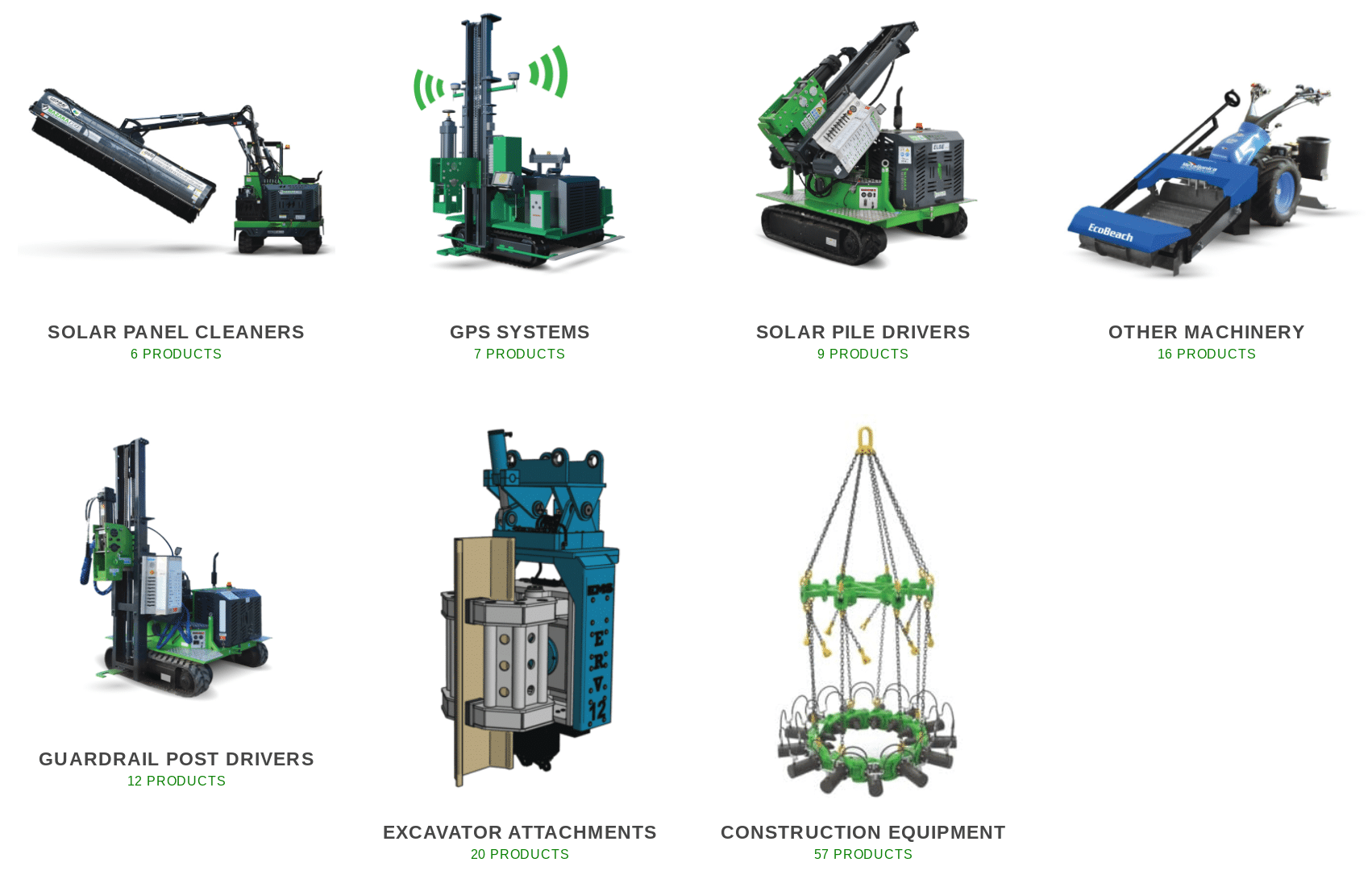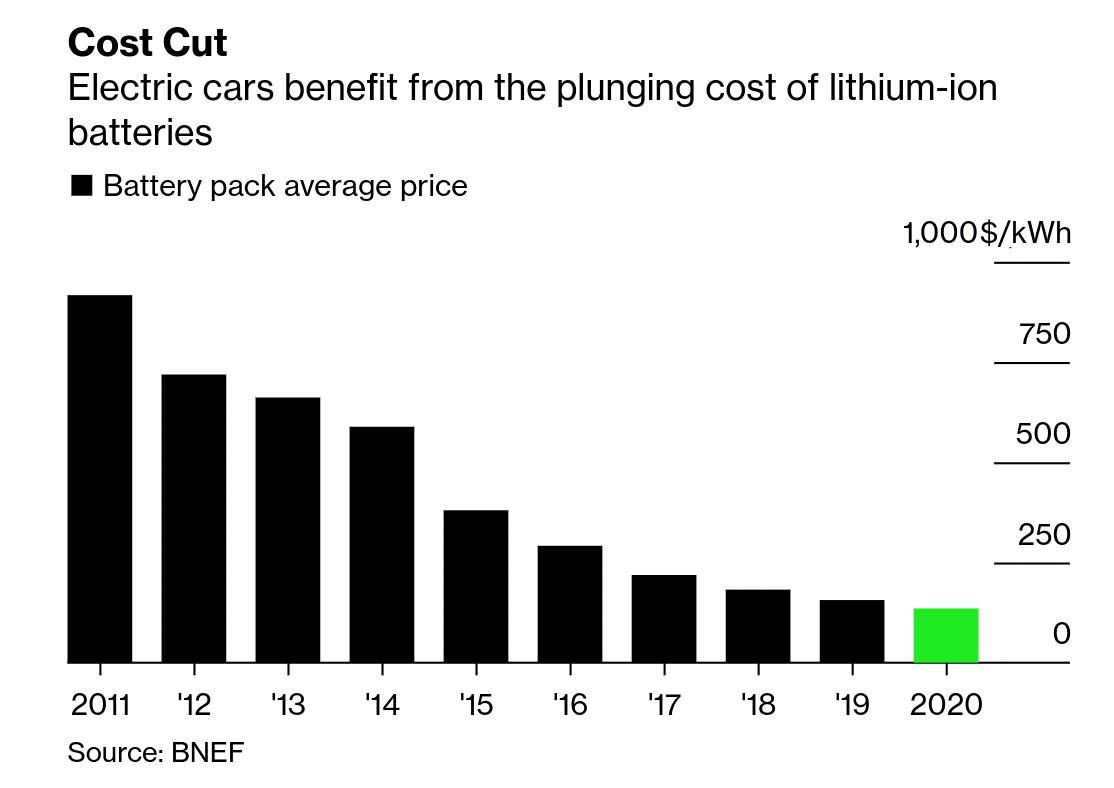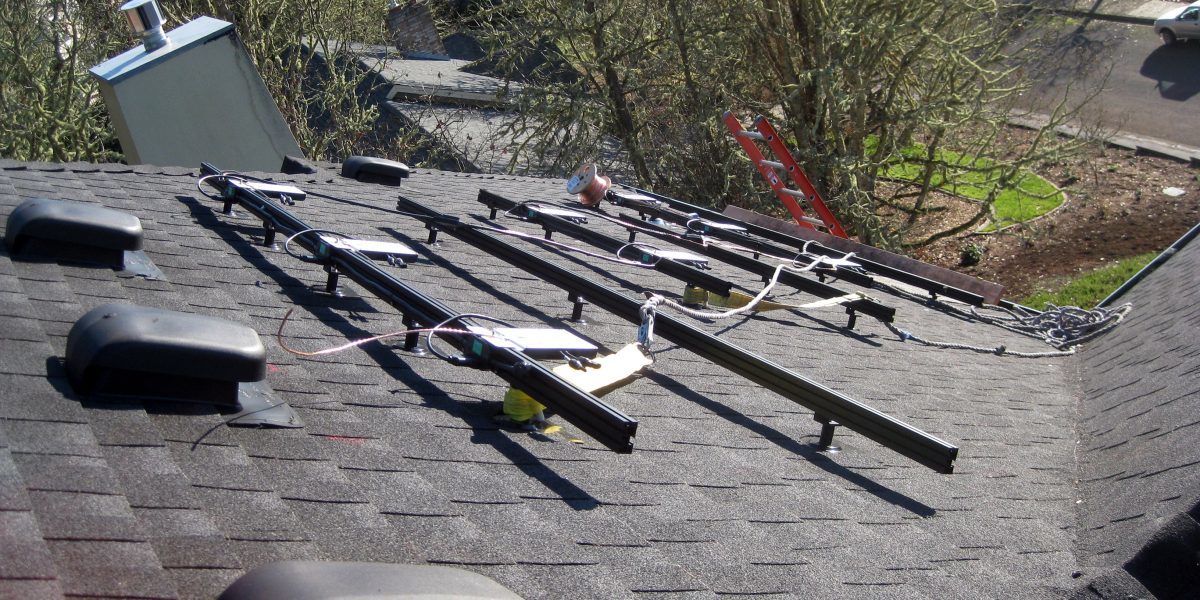Sunmodo makes racking, and now they’ve joined Sunnova’s approved product lineup. I’m pointing out Sunmodo’s rooftop product – EZ Pitched Roof System – since Sunnova is a residential rooftop company. “SunModo’s Helio rails are especially designed for strength and versatility. With two convenient 1/4” slot and a 3/8” slot versions available, the Helio rails can handle a variety of components such as mounts, rail splices, microinverters, clamps, and a variety of wire and grounding products. The product includes built-in grounding pins in easy-to-use components for any panel and rail configuration. No need to order, stock, and transport grounding clips and grounding straps to the rooftop.” Source: Sunmodo
“Fifth Season’s microgrid combines distributed energy resources, including a rooftop solar array, a battery energy storage system, a natural gas generator equipped with advanced emissions control technologies, and Fifth Season’s precision agriculture platform to help the company reach its goal of efficiently producing 500,000 pounds of local produce during the new facility’s first year of full operation. Schneider Electric’s cloud-based, demand-side energy management software platform, will be integrated to optimize the system’s performance.” Source: Scale Microgrid Solutions
Groundwork rents the machines you need to build projects. I’m focusing on their solar module clean robot, and very specifically this part of it: “The Voyager I travels on two support rails, which can be installed at the top and bottom ends of your PV panels, to ensure smooth travel and stability. The Cleaner automatically glides along these rails as it simultaneously cleans the surface of your PV panels.” Anyone have insight on the costs to add these rails to an install? Do they need be added at time of install? Source: Groundwork

And just because one cool, weird, thing should be in every hardware brief — NASA is working on robots to assemble structures in space, with a solar farm being used as an example. “The prototype will be a modular autonomous manipulation system that uses platforms that stack up to any size to allow multiple configurations to assemble components in space. It will use task management software to allow robots of various configurations and capabilities to work together. There’s also an error detection and configuration component that could be used during and after a build to identify and address any issues.” It applies here because of course they use solar as an example, but also because I can imagine some of these NASA engineers making a ground mount racking installation robot for earth. Source – NASA
And since there’s no module pricing update from PV Infolink (Happy New Year!) this week, let’s talk energy storage. Bloomberg New Energy Finance released their projected 2020 lithium-ion battery pack costs, and the research house sees packs getting close to $135/kWh. These are more than battery cells, but not deployed systems – just the packs that container a certain numbers of cell and the pack’s electronics. But just like solar modules going down in price and increasing efficiency driving broader system decreases, the same will (has been) happen with battery cells and packs.

This content is protected by copyright and may not be reused. If you want to cooperate with us and would like to reuse some of our content, please contact: editors@pv-magazine.com.








Greetings, John
The linked Bloomberg article muddies the terms “battery cells” and “battery packs” by flipping from one to the other. In past graphs, they very clearly distinguish one cost from the other as you’ll find by searching for “Powering The EV Revolution — Battery Packs Now”. This shows the pack price at $156 for 2019. (They should have stayed with that clear and perfectly titled format.) Reducing that by “13%” comes within rounding error to $135. You commendably clarified and named three different prices that folks conflate all the time but I think the $135 is for the pack price.
Thank you for that Gary! Updated.
Can we stop pretending there’s something green about growing crops in a building with an obscene amount of embedded carbon compared to an open field or a simple hoop greenhouse? As an added benefit lighting and watering the plants requires another obscene amount of power.
But, hey, the LEDs could be powered by renewable power, right? So what? The same renewable power could instead displace fossil power generation if you grew the plants outdoors instead of trying to find the least efficient conceivable means of growing crops.
Growing food indoors with artificial lighting is a novelty for the idle rich. It is also environmentally irresponsible.
So, are you in the industry? Do you know that in the past 10 years many ‘outside’ growers are having to bring in their plants to indoor ‘hot houses’ to “protect” the plants from an ever increasing number of insects that carry diseases that kill the plants and spread, destroying crops? This call for a quarantine area is creating the indoor farm.
With “proper” design, one can vertically integrate crop growing techniques to gain a larger, healthier yield per acre than outdoor farming. The growing operation can be automated, water, intake and use by the crop can be monitored and adjusted. Proper monitoring and adjustment of plant nutrients can also be automated. If done right, NO pesticides need to be used another cost savings to farmers.
If you’re in the rich world (and you are if you’re thinking about growing crops indoors) and you’re trying to grow a crop that won’t grow outdoors, you’re probably growing something for novelty value that you really should be buying from somewhere else.
And before you start taking about “food miles” why don’t we both just admitted that concept is meaningless if you’re comparing importing something grown outdoors (and maybe even letting some poor people make a living selling you there produce) with something grown locally in a greenhouse, as is demonstreated by studies that were done on the relative energy use associated with growing roses in greenhouses in Europe versus importing them from Kenya, even when we’re talking just about the most energy-intensive means of transporting freight known to mankind, jets.
Eating organic baby greens hydroponically grown in a building under artificial lights is an environmental crime. If you want to pretend that using 100x as much energy to produce your food in that hopelessly twee manner is green, I’m not going to stand by and pretend I don’t know that’s nonsense. Eating food grown in such an energy and capital-intensive way is a pastime only possible for the global 1% and only practiced by those in the global 1% who really don’t give a fig about the environment. When it comes to methods of deminstrating abject hypocrisy, it ranks right up there with showing how much you care about garment workers in the poor world by refusing to buy their products and only buying clothes assembled by people living in rich, mostly white nations.
Wait, you’re telling me that if I grow ten stacked racks of crops indoors under electric lighting I can get more yeild per acre than out of a single layer of crops grown outdoors? Wow! Isn’t that incredibly obvious. And all I have to do is embed a couple thousand times more energy in my “field” (building, really) and a coupke thousand times more energy into tending (watering, lighting, ventilating, etc.) my crops. Cool. It’s a good thing we have unlimited energy with no cinsequences and plastic and concrete grow on trees.
If you want to keep bugs off your crops and are adverse to using pesticides, you can build a simple hoop house and still grow your food in outdoor dirt. That probably only increases energy usage about tenfold, as opposed to a thousand-fold or so if you grow food indoors under artificial lights.
Subtract significant fertilizer manufacturing, remove all transportation costs, add premium for local organic pesticide free and low co2 product. Growing aligns with solar production window.